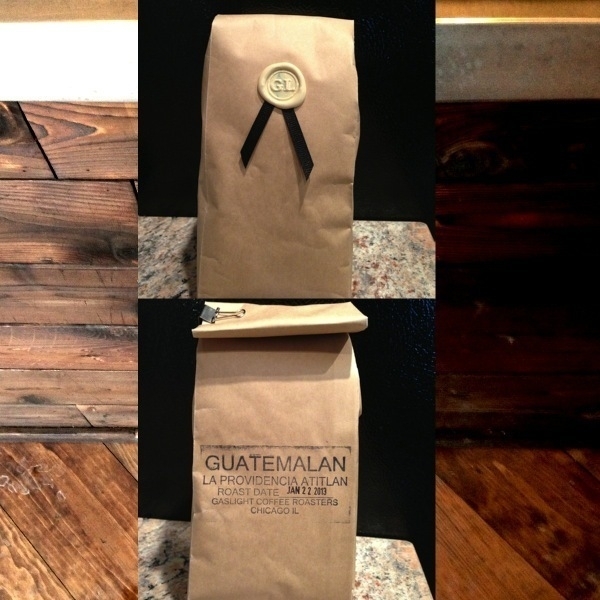In the Name of Unread
Last week saw the release of a beautiful new RSS feed reader, Unread, from Jared Sinclair. After reading through some initial reviews from the usual suspects (MacStories, 512 Pixels, Building Twenty), it was clear that this was likely the best way to read articles and stories captured in RSS.
Michael Anderson sums up the gist of Unread quite succinctly:
Hype prior to the release pitched Unread somewhere between sliced bread and the wheel on the spectrum of good ideas. In reality it’s a solid, capable app with a few nice touches, some recurrent frustrations and an air of superiority.
There was one problem: ever since Google Reader died a slow, shitty death, I chose NewsBlur over all other upstart RSS services to resume my pitiful, undesirable RSS habit. It is (and has been) a fantastic service -- if you want something that is truly granular in settings and power-user functionality, it's the bomb. But one thing that has severely dragged it down is its API's use in other apps. Hardly anything supports NewsBlur outside of its native apps (ReadKit is a rare example on the Mac). Not that this has been a make it or break it issue -- the native NewsBlur apps are fantastically designed and super fast -- but I get the jealous bug when apps like Unread and Mr. Reader have support deficiences with my RSS service of choice.
So I rashly decided to act an idiot and picked up a FeedWrangler subscription and downloaded Unread immediately.
Good thing I don't regret it.
While I'll always appreciate NewsBlur, Unread and FeedWrangler have really helped me with the weird RSS-reading habits I've developed over the years. Instead of seeing all the unread counts by folder or by feed, FeedWrangler requires you to either dump everything into one massive unread (or all articles) stream, or organize by "smart streams", which basically amount to curated lists of feeds and/or pulling specific keyword content into a single stream. This in itself was a huge change from my aforementioned way of digging through all the content refreshing day-to-day, but the use of Unread had shifted the actual content read and the method of reading it.
Unread's opinionated design wants you to slowly, conscientiously read articles (something I typically have used Instapaper, a read later service, for in the past). Its use of font, color, and lack of distractions (aka, toolbars, back buttons, menus) permits the user a vacation from briskly blowing through articles like the Slayer on a good night. (Yeah, I've been watching too much Buffy.)
So how does one transition from subscribing to nearly 100 feeds into a relaxed method of reading? Unsubscribing from daily bloat is a good start. I went on a feed diet, striking off several sites that published way too frequently (10-15 articles a day is manageable only if you're breezing through the headlines). I didn't want to breeze through anymore. I wanted the time spent reading my feeds -- let's just call them articles at this point -- to be well-spent. The sites that I threw into NewsBlur were just there in case I wanted to rifle through the latest food trends on Chicago Eater, or reference work crap on Search Engine Land. I was using NewsBlur incorrectly, according to the Unread/FeedWrangler mantra; I was, in a sense, using it as a bookmarking tool. Luckily, I had collected a lot of these sites into folders, and two of them -- Core and Important -- housed the sites that I most frequently read. Nixing several other less important folders, and rearranging sites within them, made the transition quite easy.
While it's only been a few days and a weekend, the cleanse has lowered my annoyance and anxiety with reading articles en masse, and has made it much more joyful to sift through the most important authors' writings on a daily basis. Like anything in life, sometimes you have to do some spring cleaning to feel relief from clutter. And damn, has Unread made that worthwhile.


